Regarding Kegged Beer, understanding its period of usability is significant for guaranteeing a new and pleasant drinking experience. Factors, for example, purification, capacity conditions, and apportioning techniques, can all impact how long Beer stays new in a Keg. Let’s learn more about How long does Beer last in a Keg.
The shelf life of beer in a keg depends on various factors. If properly stored and refrigerated at the appropriate temperature (usually around 38-40 degrees Fahrenheit or 3-4 degrees Celsius), an unopened keg can typically last for about 2-3 months. However, once the keg is tapped and exposed to oxygen, the beer’s quality and freshness will deteriorate. Once tapped, consuming the beer within 2-3 weeks is best for optimal taste.
Perusing an article on how long Beer endures in a Keg is significant for Beer lovers and the people who serve Kegged Beer. It gives substantial experiences into factors that influence newness, considering appropriate capacity and administering rehearses. This information guarantees an ideal drinking experience and evades the wastage of Beer.
Table of Contents
What is a Keg, and How Does it Work?
A Keg is a holder for storing and administering refreshments, commonly Beer. It is usually made of steel or aluminum. It comes in different sizes. The most widely recognized is a half Keg, or a regular Keg, which holds roughly 15.5 gallons or 58.7 liters of fluid. Know more about the tyes and life of kegs.
Explanation of a keg
The principal reason for a Keg is to save the quality and freshness of the Beer. While also taking into consideration sample capacity and serving. Kegs are impermeable, keeping oxygen from coming into contact with the Beer. This is pivotal because openness to oxygen can prompt oxidation.
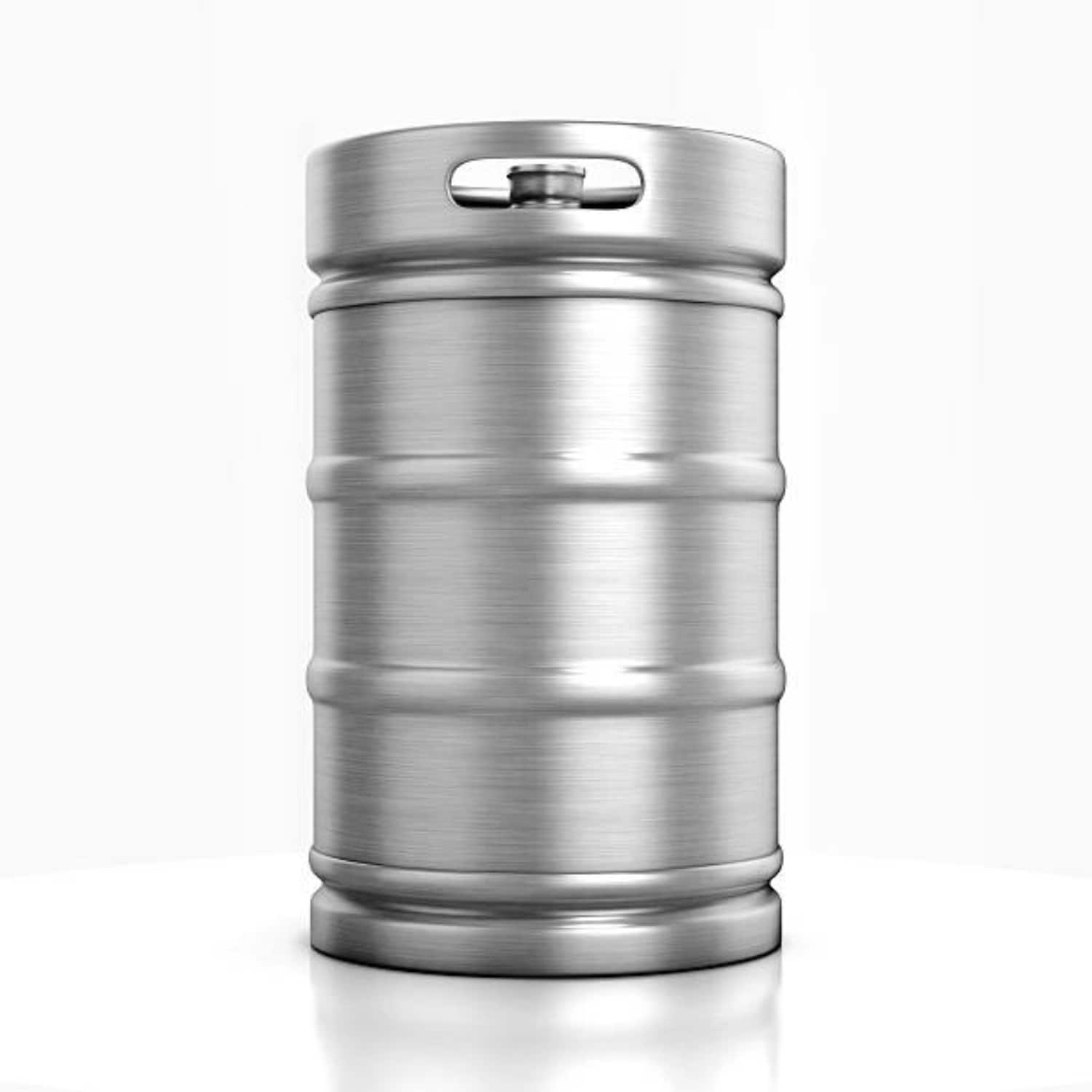
Further, the decay of the Beer, bringing about off-flavors and a reduction in quality, is also essential to consider. To accomplish impermeability, Kegs have a valve framework. The valve, known as a lance, sits on the top or side of the Keg.
See Also: How Much is a Keg Of Beer
Factors Influencing the Freshness of Beer in a Keg
Here are a few key factors:
Pasteurization
Pasteurization assumes a massive part in deciding the timeframe of realistic usability of Beer. It is an interaction that includes warming the Beer to a particular temperature to dispense with hurtful microorganisms and expand its dependability. 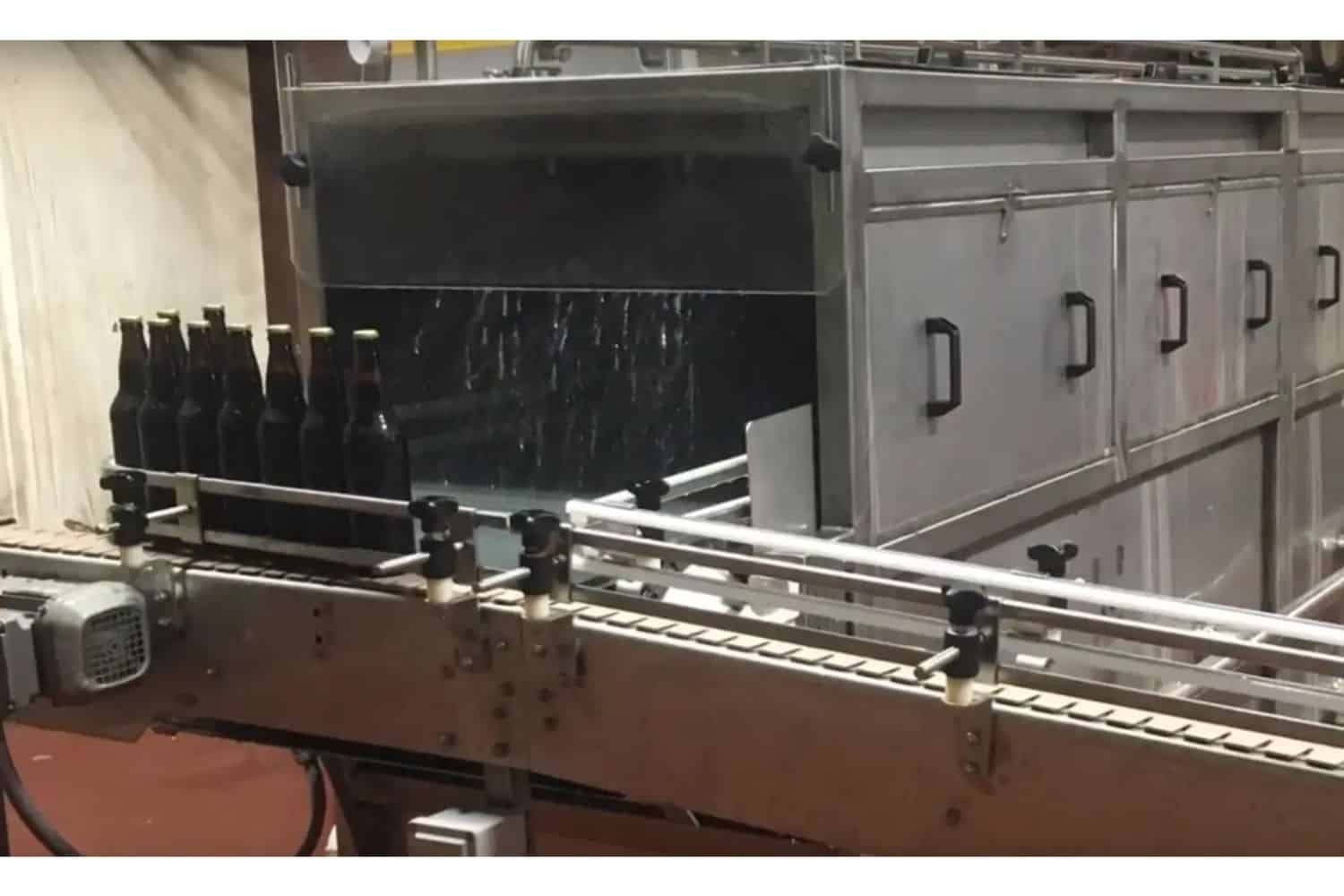
Temperature
Temperature is a basic calculation keeping up with the newness of Beer in a Keg. The best temperature for putting away Beer is ordinarily between 35°F (2°C) and 45°F (7°C). Putting away Beer at too high a temperature can bring sped-up maturing and debasement of flavours. Furthermore, high temperatures cause little carbonation and tension development inside the Keg.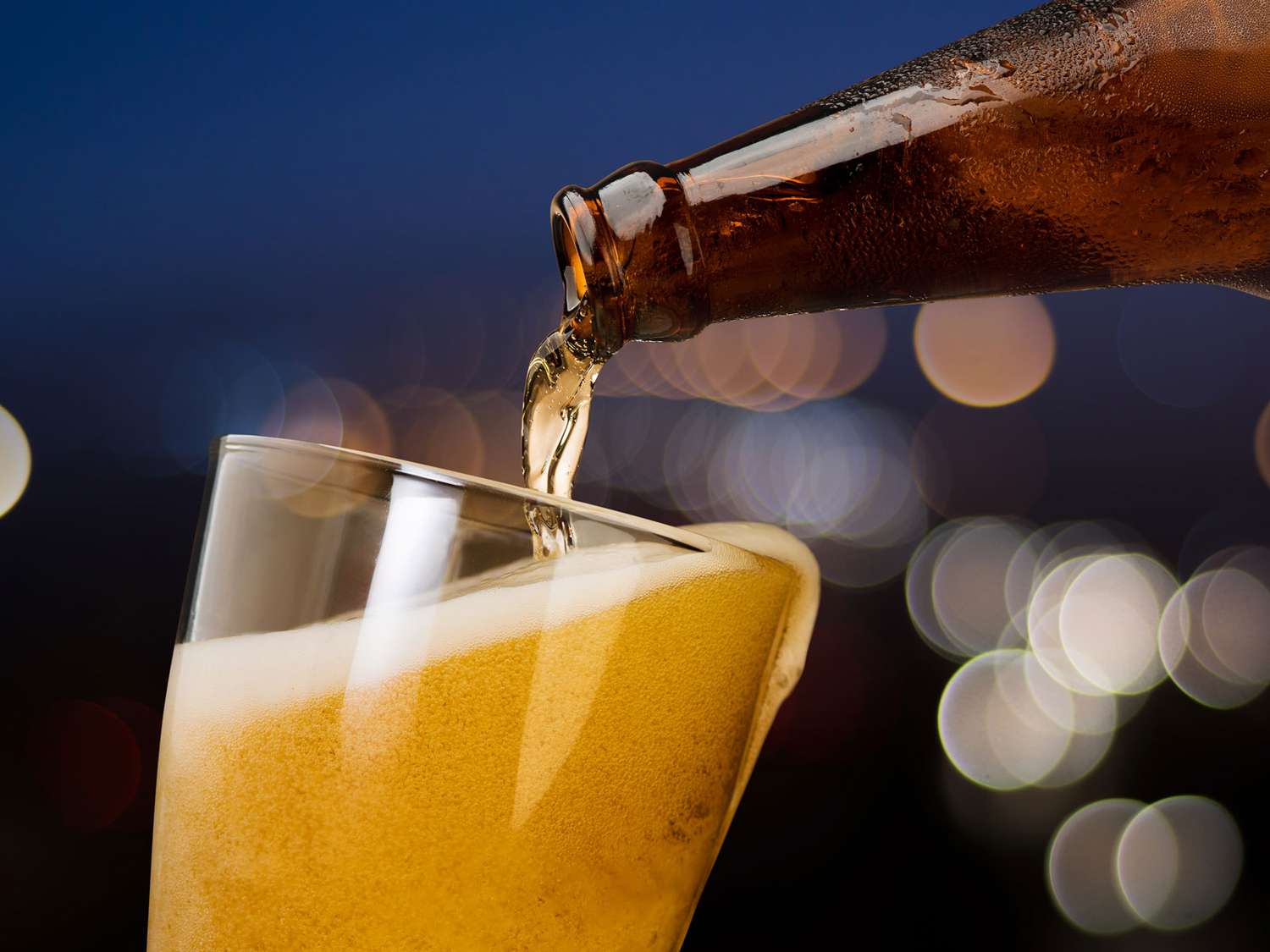
Dispensing method
The strategy for dispensing Beer from a Keg can impact its life expectancy and newness. There are two essential techniques for dispensing Beer: conventional hand-siphoned container Beer and constrained carbonation frameworks. The Beer undergoes optional maturation in the Keg in a conventional container Beer, permitting it to foster complex flavours and a characteristic carbonation process. Nonetheless, when the container is tapped, the Beer oxidizes and disintegrates. 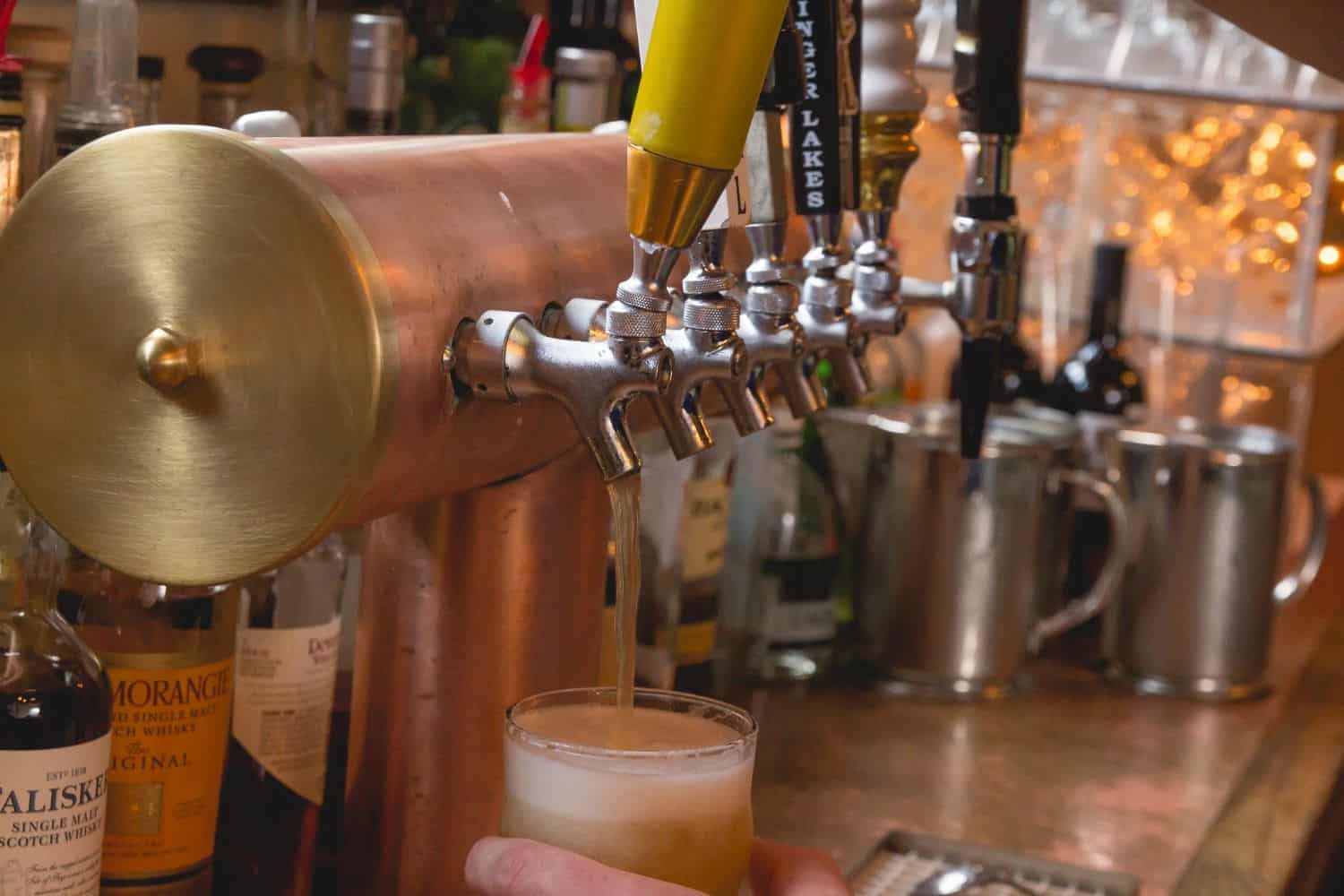
Kind of Beer:
Various styles of Beer have differing periods of usability. Beers with higher liquor content, like stouts and barleywines, will generally have extended usability periods. This is contrasted with lighter Beers like ales and wheat Beers.
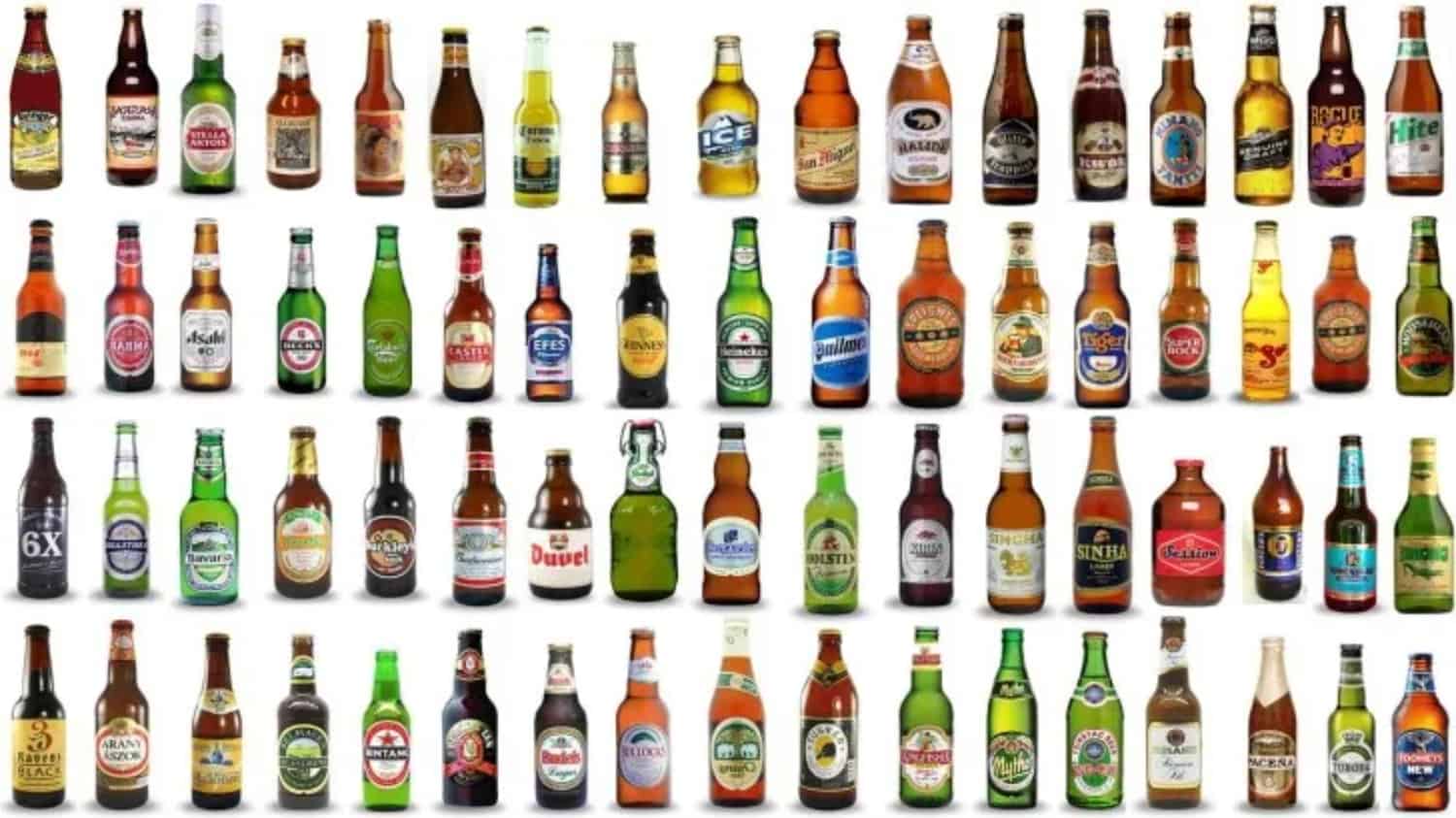
Furthermore, bounce-forward beers, like IPAs, are more vulnerable to season debasement over the long run because of the breakdown of jump compounds. It’s critical to consider the particular attributes of the Beer while evaluating its freshness.
Keg Type and Size:
The sort and size of the Keg can influence the freshness of the Beer. Treated steel Kegs are liked over plastic Kegs as they give better protection and are less porous to oxygen.
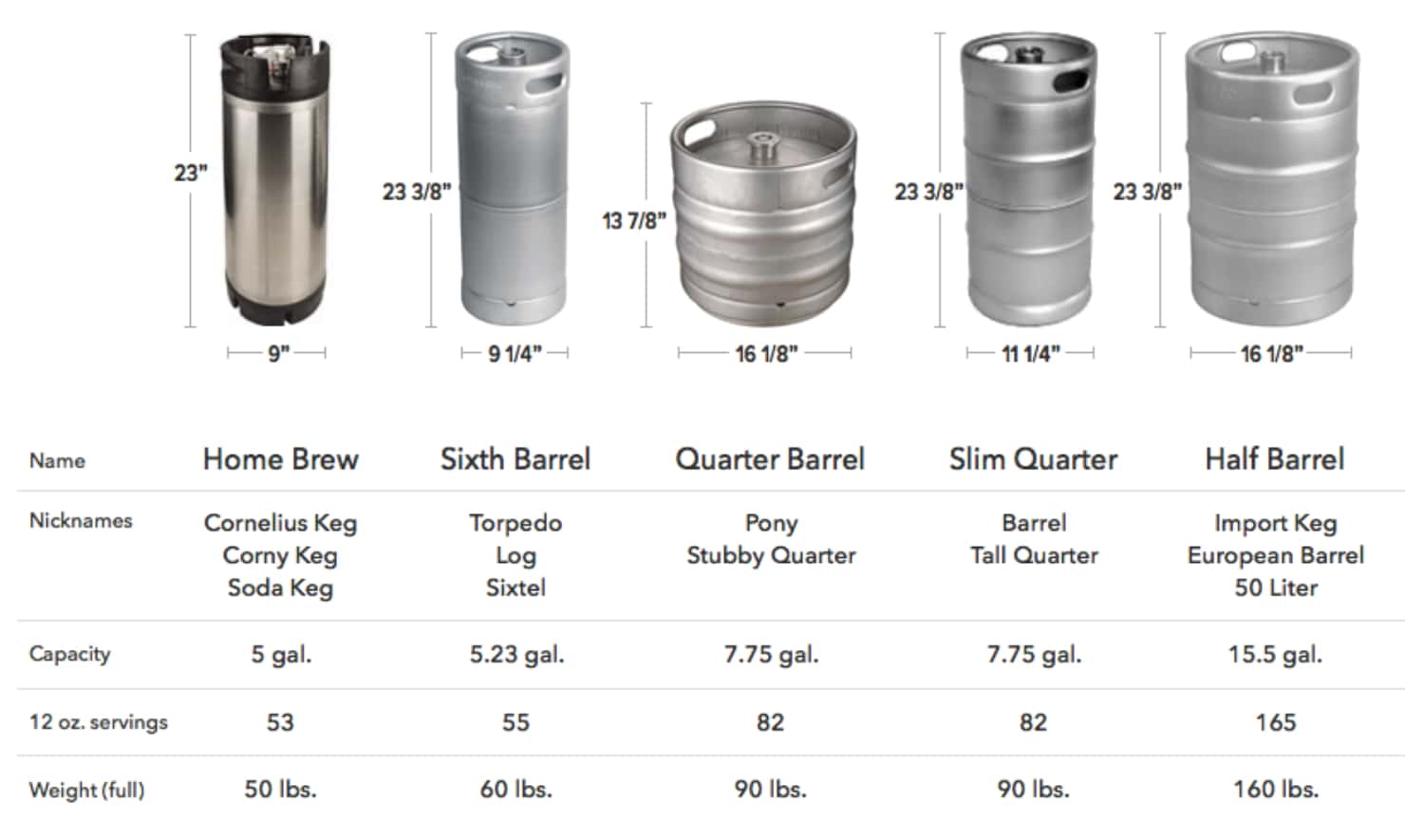
Furthermore, more modest Keg sizes, like 5-gallon (19-liter) or 1/6-Keg Kegs, are consumed rapidly, diminishing the openness time to potential freshness-harming factors.
Dealing with and Apportioning:
Legitimate taking care of and apportioning rehearses are fundamental to keeping up with the freshness of a Keg. Kegs should be maneuvered carefully, avoiding over-the-top fomentation and temperature changes during transportation and capacity. While interfacing the Keg with a tap framework, it is significant to guarantee that it is perfect and liberated from any pollutants that could influence the Beer’s quality. Also, ordinary cleaning and support of the tap framework, including beer lines and fixtures, are essential to forestall off-flavors and bacterial defilement.
How long does Beer last in a Keg or Draft Beer Remain Fresh?
Here’s how:
Rule of Thumb for the Shelf Life of Pasteurized and Unpasteurized Beers
The timeframe of realistic usability of draft Beer can shift contingent on whether it is sanitized or unpasteurized. Sanitized Beers, which have gone through intensive therapy to take out microorganisms, for the most part, have a more extended period of usability. Lastly, They can regularly stay new for a considerable time when put away under legitimate circumstances. 
The Role of the ‘Born on’ Date and Expiration Date on Kegs.
To give buyers data about the newness of draft Beer, Kegs frequently accompany a “brought into the world on” date or termination date. The “brought into the world on” date shows the date when the Beer was Kegged, giving a reference highlighting its newness.
The Impact of Tapping a Keg on Its Freshness
The length for which a tapped Keg stays new can change contingent upon the administering strategy utilized. Customary hand-siphoned container Beer, frequently tracked down in speciality Beer foundations, usually lasts a couple of days or seven days before the quality decays.
How long does Beer Last in a Keg: Store a Keg Properly
Here’s how:
The Optimal Temperature for Beer Storage.
The ideal temperature for putting away a Keg of Beer is typically between 35°F (2°C) and 45°F (7°C). This temperature range keeps up with the Beer’s newness and flavour.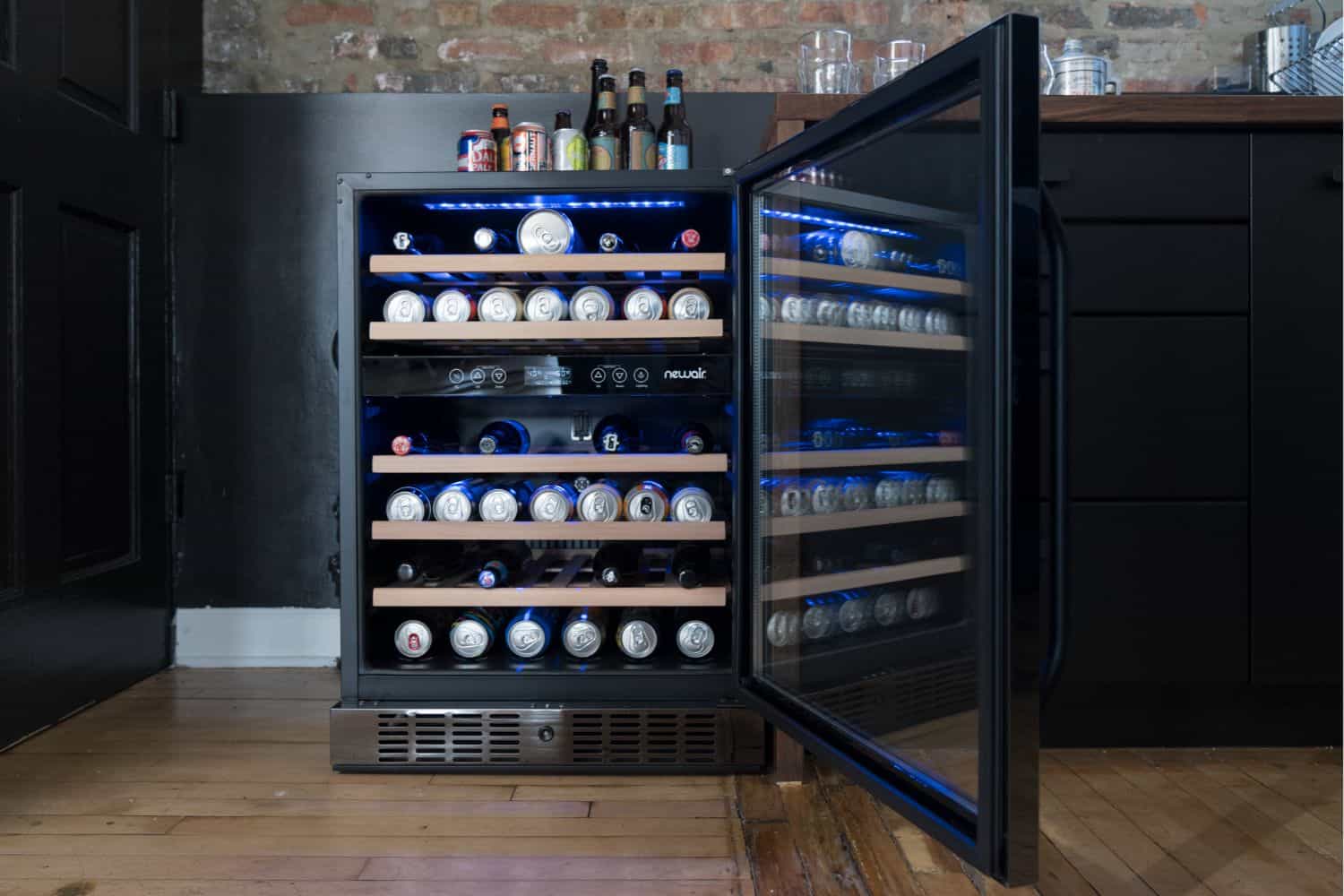
The Effects of Too High or Too Low Temperatures.
Presenting more significant to exorbitantly high temperatures can make it ruin rapidly, prompting off-flavours and a more limited period of usability. Also, High temperatures can likewise expand the gamble of over-carbonation and strain development inside the Keg, possibly causing spillage or oxidation.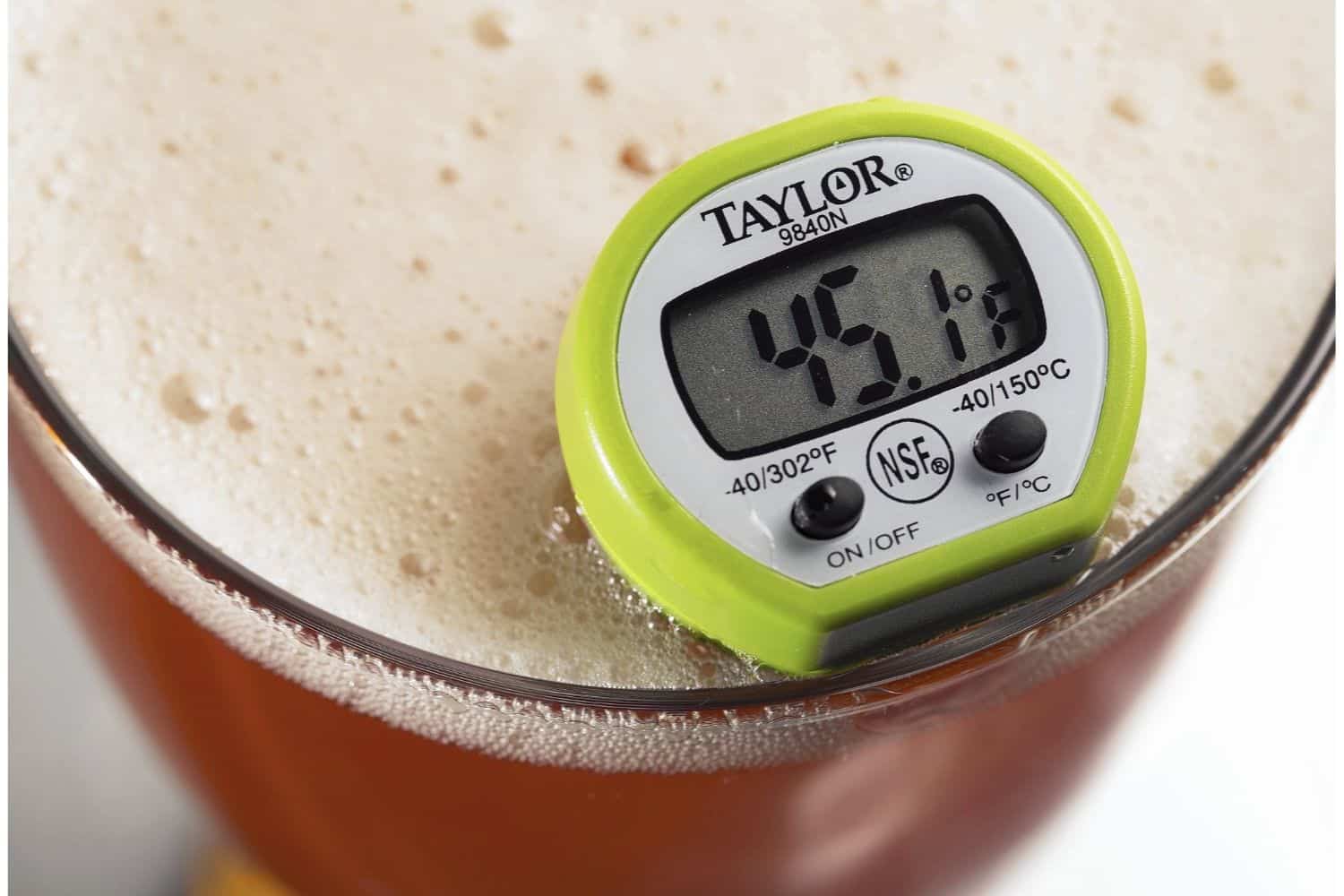
The Implications of Storing Beer at Room Temperature.
Putting away Beer at room temperature, usually higher than the ideal stockpiling temperature range, can adversely influence the Beer’s newness and flavour. Further, The higher temperature speeds up the maturing system and advances the development of microorganisms, prompting a more limited time of usability and possible waste.
How long does Beer last in a Keg: Identify a Bad Keg
Here’s how:
Indicators of a lousy Keg: Foul taste, cloudy appearance, bad smell.
- Foul taste: Assuming the Beer from the Keg has an upsetting or off-flavour, it may be a sign that the Keg has turned sour. The taste could be sharp, vinegary, or metallic, showing decay or defilement.
- Deceptive appearance: Beer from a Keg should generally be unmistakable or marginally foggy, contingent upon the Beer style.
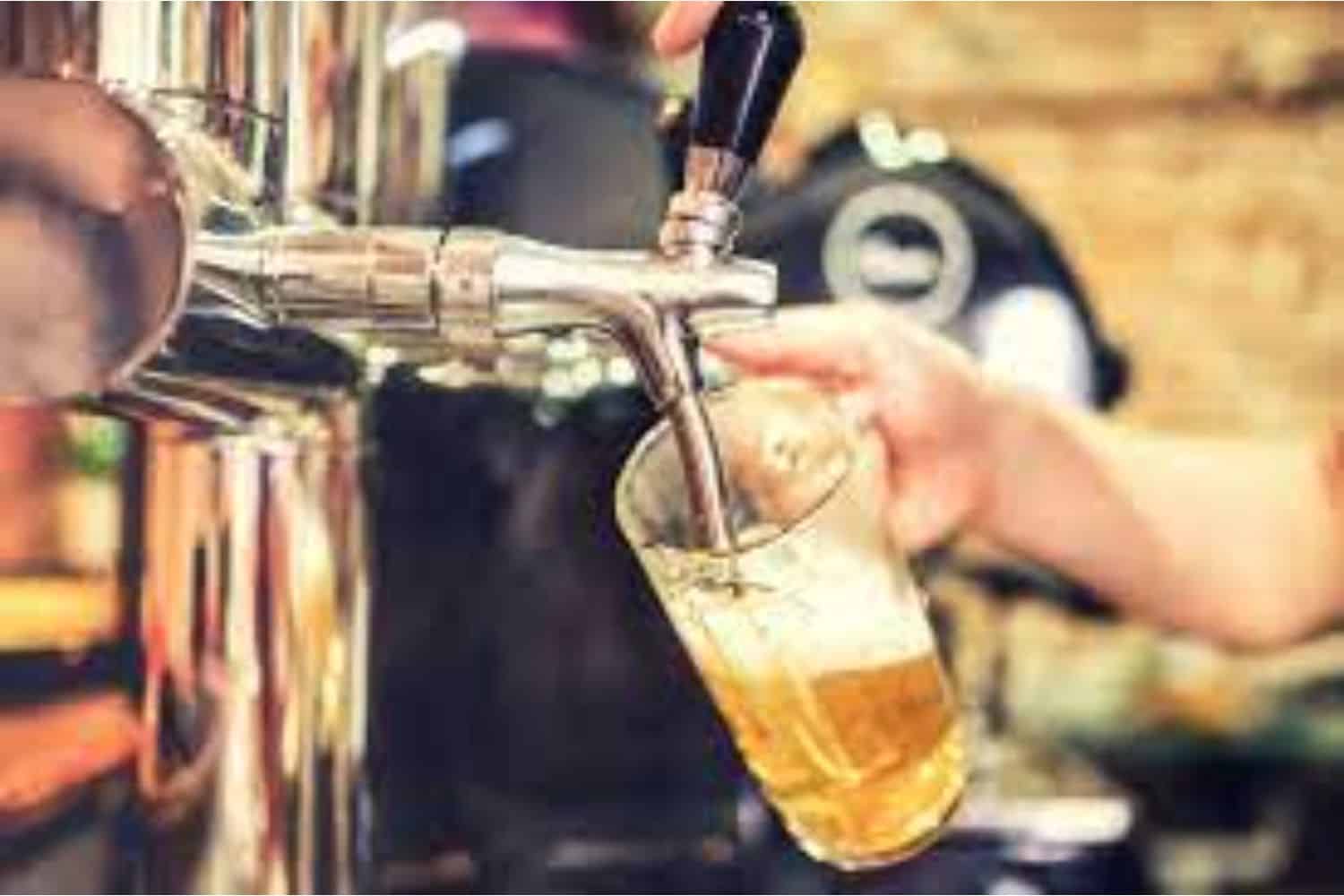
- Terrible stench: A Keg with an awful scent, like a rotten, skunky, or sour smell, recommends decay or bacterial tainting. The scent ought to be new and standard for the Beer style.
Can a Keg Be Tapped Twice?
Tapping a Keg two times is, for the most part, not prescribed. This is usually because of the bet of compromising the Lager’s freshness and quality. Notwithstanding, the limits can shift contingent upon the kind of siphon utilized.
The Limitations of Tapping a Keg Twice
- Manual Siphons: Manual siphons, otherwise called party siphons or hand siphons, bring air into the Keg during administering. This can prompt sped-up oxidation and defilement, adversely influencing the Beer’s taste and fragrance.
- CO2 Siphons: CO2 siphons use carbon dioxide to apportion larger ones without presenting extra air. This strategy helps save the larger’s newness and carbonation. CO2 siphons are more reasons for keeping up with the Keg’s quality over a drawn-out period.
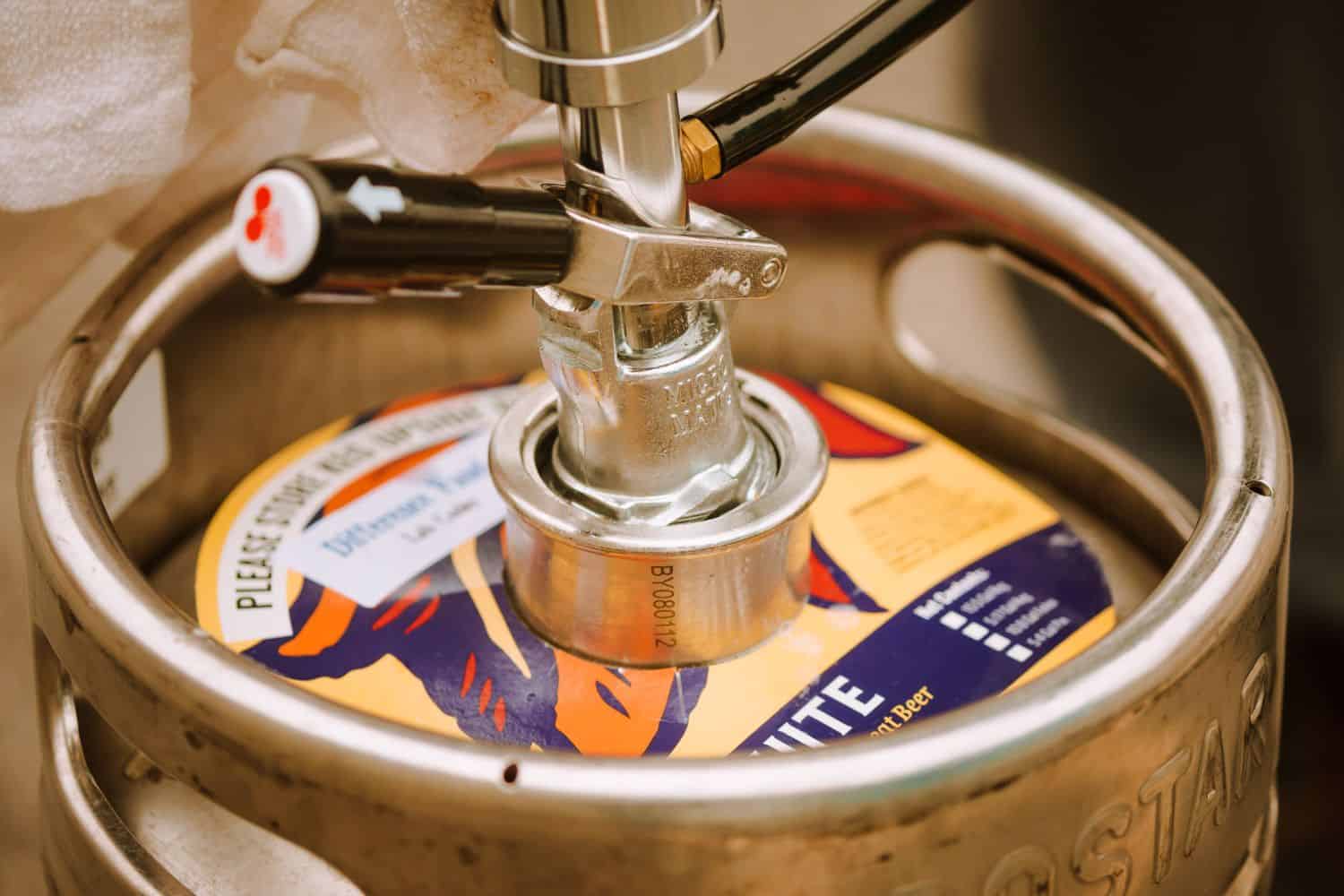
Manual Pumps vs. CO2 Pumps: Which is Better?
Utilizing CO2 siphons is, by and large, better for keeping up with Beer’s newness and period of usability in a Keg. CO2 siphons assist with limiting oxygen openness and keeping up with legitimate carbonation levels, which are urgent for safeguarding the Beer’s flavour and quality.
The Advantages of Using a CO2 Pump.
- Oxygen control: CO2 siphons limit oxygen openness during administering, lessening the gamble of oxidation and off-flavours.
- Carbonation protection: CO2 siphons keep up with the ideal carbonation levels, guaranteeing a predictable and charming drinking experience.

- Broadened newness: CO2 siphons, when utilized accurately, protect the originality and nature of Beer in a Keg for a more extended length, considering greater adaptability in utilization.
Practical Tips to Keep Your Keg Fresh
Here are some tips:
Buying Fresh
While buying a Keg, check the “brought into the world on” or lapse date to guarantee you are getting a new item. Please keep away from Kegs that are near or past their lapse date.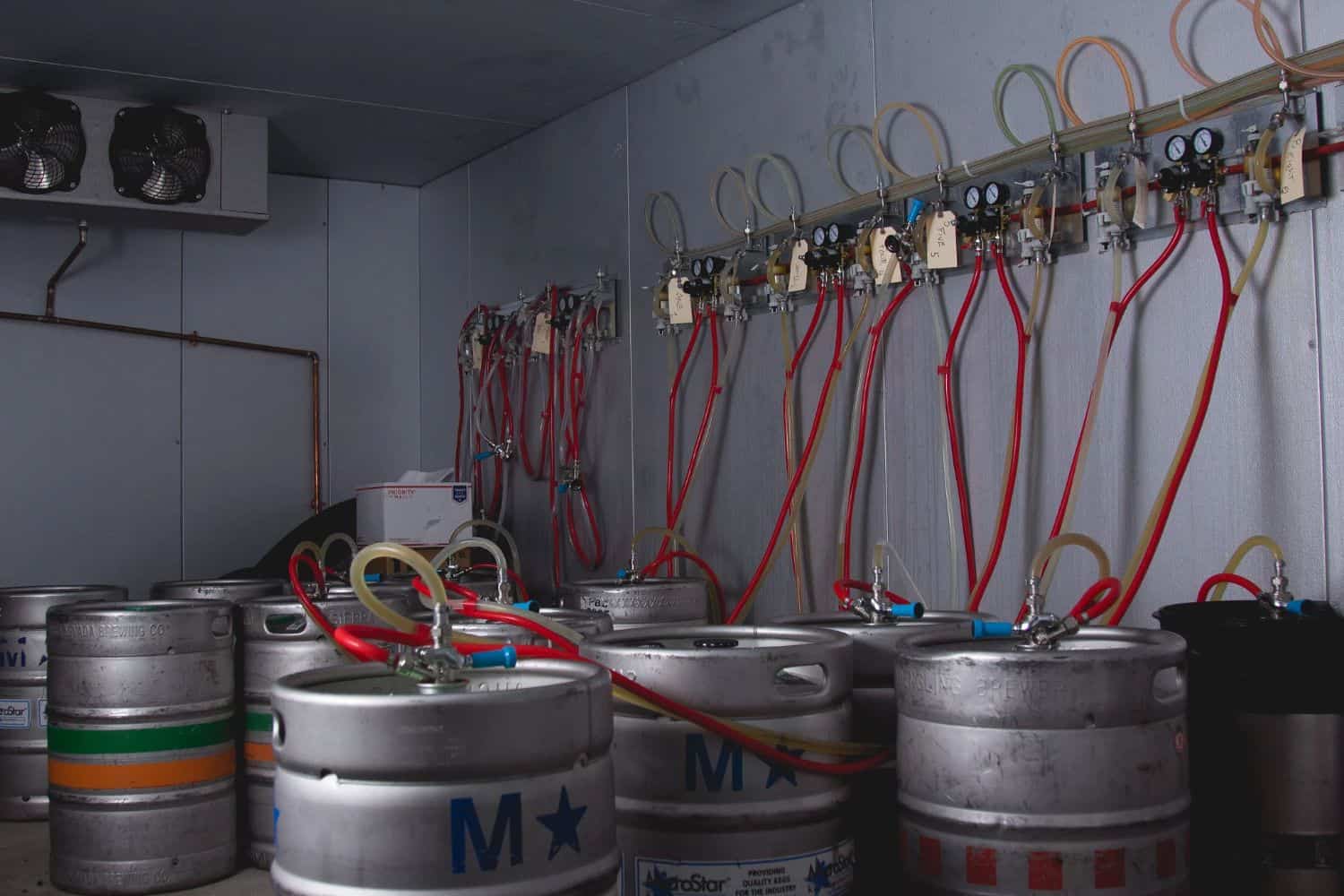
Proper storage.
Store the Keg at the suggested temperature scope of 35°F (2°C) to 45°F (7°C) to keep up with newness. Get the Keg far from direct daylight and intensity sources.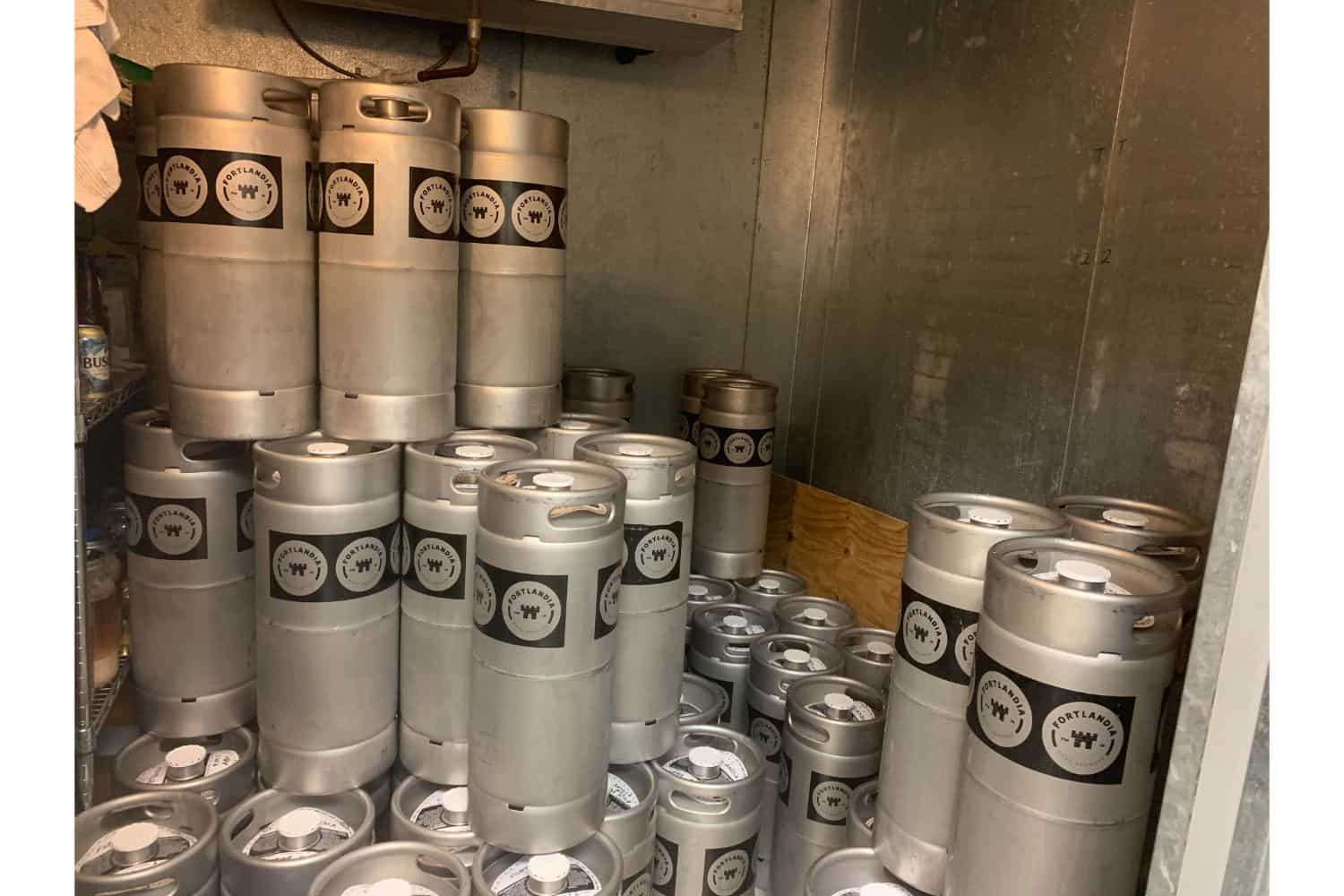
Using the right pump.
Select a CO2 siphon or tap framework to limit oxygen openness and keep up with carbonation levels during apportioning. Try not to involve manual siphons for long-haul stockpiling.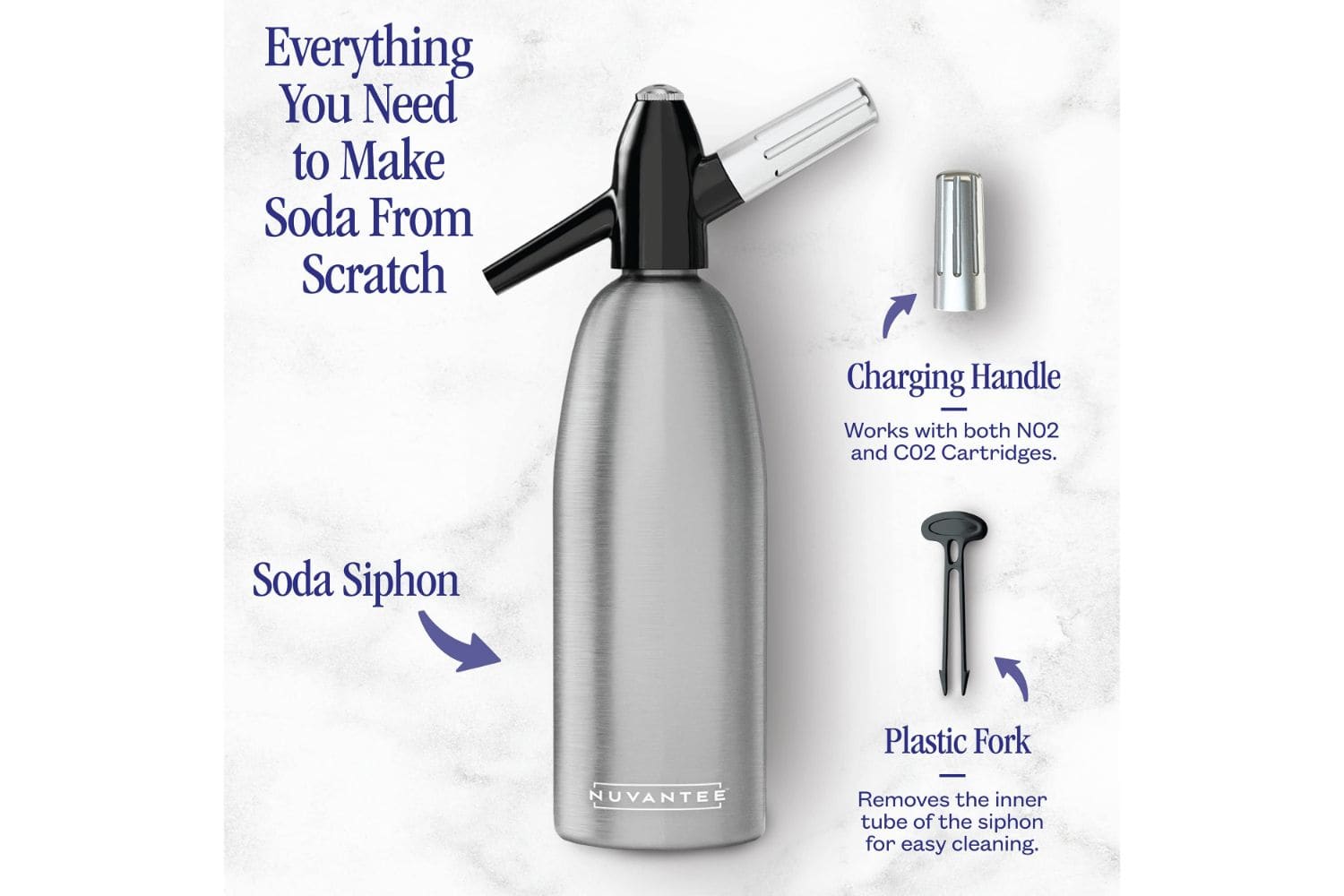
Differences in Shelf-Life Depending on the Type of Beer
Higher liquor content, by and large, adds to a more extended timeframe of realistic usability for a Beer. The liquor is additive, hindering the development of microorganisms that can pamper the medicine. Mixtures with higher liquor content, like stouts or barleywines, can have a more extended life expectancy than low-liquor styles like meeting Beers or light ales.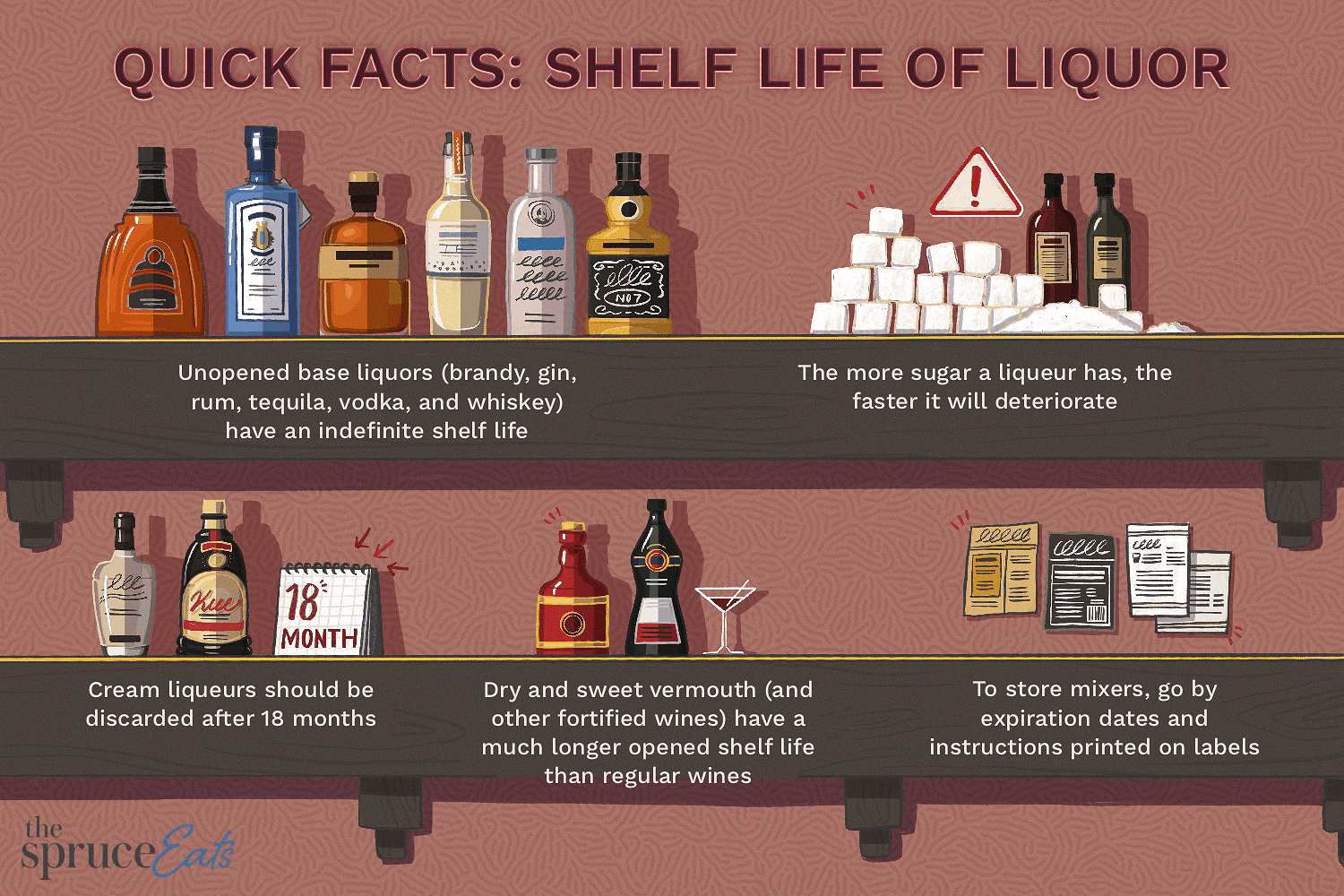
Purified Beer typically has a more drawn-out timeframe of realistic usability contrasted with unpasteurized or “create” Beers. The purification interaction kills or lessens the presence of hurtful microorganisms, expanding the larger’s strength.
FAQS
How long does Beer last in a Keg?
The timeframe of realistic usability of Beer in a Keg can change contingent upon a few elements. For the most part, sanitized medicine put away and apportioned under appropriate circumstances can keep going for a long time.
Can I expand the life expectancy of Beer in a Keg?
While different elements impact the newness of Beer in a Keg, there are steps you can take to expand its life expectancy. Legitimate capacity at the suggested temperature scope of 35°F (2°C) to 45°F (7°C), utilizing a CO2 siphon or tap framework to limit oxygen openness, and polishing off the Beer inside a reasonable period can assist with keeping up with its newness for longer.
What happens if I tap a Keg and don't finish it?
The Beer's newness declines when a Keg is tapped and presented to the air. If you don't finish the Keg within a reasonable period, the Beer's quality might break down because of oxygen openness, likely tainting, and loss of carbonation.
Should I reuse a tapped Keg for an alternate Beer?
Reusing a tapped Keg for an alternate Beer is conceivable; however, considering a couple of factors is fundamental. Thoroughly cleaning and disinfecting the Keg is critical to forestall cross-defilement and keep up with the honesty of the new Beer.
Conclusion
The answer to “How long does Beer last in a Keg” is simple. The life expectancy of Beer in a Keg relies upon variables, for example, purification, capacity conditions, administering strategy, and the particular Beer style. Purified medicines, for the most part, have a more extended timeframe of realistic usability contrasted with unpasteurized speciality Beers. Legitimate temperature control, a suitable tap framework, and downing the Beer are critical for keeping up with newness.

Kendall Jones: Seattle journalist, freelance writer, and top contributor to Washington Beer Blog. Published 5,400+ stories on beer and brewing.